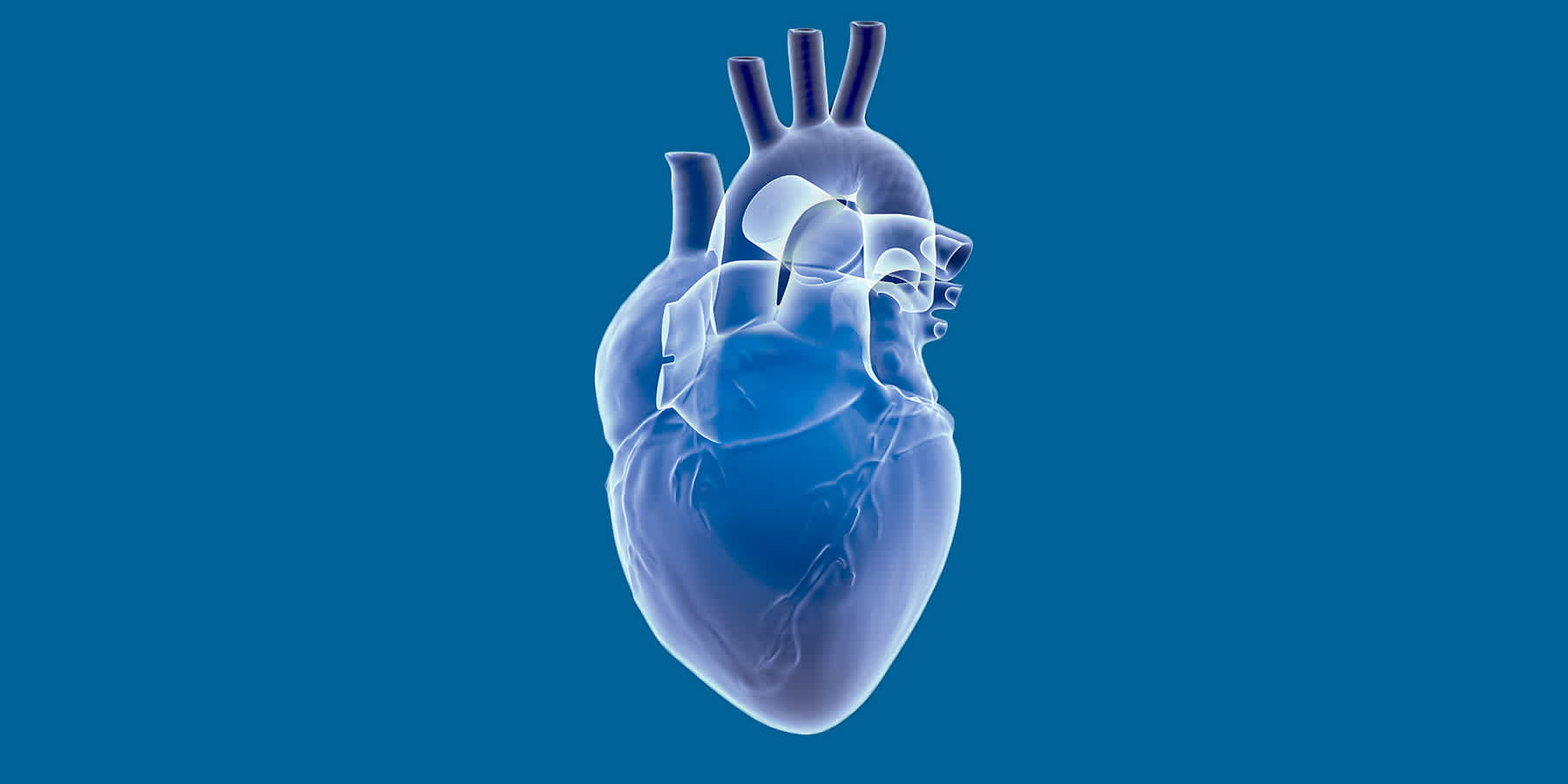
Do you need an AED when performing CPR?
Written on February 27, 2023 by Gillian (Gigi) Singer, MPH. To give you technically accurate, evidence-based information, content published on the Everlywell blog is reviewed by credentialed professionals with expertise in medical and bioscience fields.
Table of contents
- What is an automatic external defibrillator?
- When is an AED necessary?
- What is cardiopulmonary resuscitation?
- Performing CPR without an AED
- Performing CPR with an AED
- How to be trained in CPR & AED
- Related content
What is an automatic external defibrillator?
The American Heart Association explains that an automated external defibrillator (AED) is “a lightweight, portable device that delivers an electric shock through the chest to the heart. The shock can potentially stop an irregular heartbeat (arrhythmia) and allow a normal rhythm to resume following sudden cardiac arrest (SCA). SCA occurs when the heart malfunctions and stops beating unexpectedly. If not treated within minutes, it quickly leads to death” [1].
AEDs are defibrillators that are user-friendly and can be used outside of hospitals and clinical contexts by non-medical personnel. Anyone trained in CPR can use an AED.
When is an AED necessary?
According to the Mayo Clinic, “AEDs are used to revive someone from sudden cardiac arrest. This usually occurs when a disruption in the heart’s electrical activity causes a dangerously fast heartbeat (ventricular tachycardia) or a fast and irregular heartbeat (ventricular fibrillation). Either of these irregular heart rhythms keeps the heart from pumping effectively and can cause it to stop” [2].
AEDs “can resuscitate people only with a specific type of irregular heart rhythm” [2].
What is cardiopulmonary resuscitation?
Cardiopulmonary resuscitation (CPR) is an emergency procedure that can help save a person’s life if their breathing or heart stops, says the CDC, “When a person’s heart stops beating, they are in cardiac arrest. During cardiac arrest, the heart cannot pump blood to the rest of the body, including the brain and lungs. Death can happen in minutes without treatment. CPR uses chest compressions to mimic how the heart pumps. These compressions help keep blood flowing throughout the body” [3].
The CDC reports that “Currently, about 9 in 10 people who have cardiac arrest outside the hospital die. But CPR can help improve those odds. If it is performed in the first few minutes of cardiac arrest, CPR can double or triple a person’s chance of survival” [3].
Performing CPR without an AED
CPR can be used to save someone during a cardiac or breathing emergency.
Seven steps of CPR
As a general guide, below are the seven steps of CPR, according to the American Red Cross [4]:
- CHECK the scene for safety, form an initial impression, and use personal protective equipment (PPE).
- If the person appears unresponsive, CHECK for responsiveness, breathing, life-threatening bleeding, or other life-threatening conditions using shout-tap-shout.
- If the person does not respond and is not breathing or only gasping, CALL 9-1-1 and get equipment, or tell someone to do so.
- Place the person on their back on a firm, flat surface.
- Give 30 chest compressions
- Hand position: Two hands centered on the chest
- Body position: Shoulders directly over hands; elbows locked
- Depth: At least 2 inches
- Rate: 100 to 120 per minute
- Allow the chest to return to normal position after each compression
- Give 2 breaths
- Open the airway to a past-neutral position using the head-tilt/chin-lift technique
- Ensure each breath lasts about 1 second and makes the chest rise; allow air to exit before giving the next breath
- Note: If the 1st breath does not cause the chest to rise, re-tilt the head and ensure a proper seal before giving the 2nd breath If the 2nd breath does not make the chest rise, an object may be blocking the airway
- Continue giving sets of 30 chest compressions and 2 breaths. Use an AED as soon as one is available!
Performing CPR with an AED
At the end of the previous guidelines, notice that it says to use an AED as soon as possible. In cases of sudden cardiac arrest, you should start CPR and begin using the AED when it is available: “Apply it and follow the prompts. Give one shock, then resume chest compressions for two more minutes before giving a second shock. If you’re not trained to use an AED, a 911 operator or another emergency medical operator may be able to give you instructions” [5].
How to be trained in CPR & AED
It is a straightforward process to get certified in CPR and you should consider certification if you think you might find yourself in a situation where CPR might be helpful. Though, everyone will benefit from having the training under their belt.
The American Heart Association offers CPR and AED training through training centers. To find a training center you can call 1-888-AHA-4CPR or you may also visit heart.org/cpr to search by your ZIP code [4].
Related content
Is hypertension cardiovascular disease?
Heart disease and stroke: what you need to know
How breakfast is important for heart disease
What causes coronary heart disease?
How long do heart attacks last?
References
- What is an automated external defibrillator? American Heart Association. URL. Accessed February 20, 2023.
- Automated external defibrillators: do you need an AED? Mayo Clinic. URL. Published April 26, 2022. Accessed February 23, 2023.
- The Hero Within: Knowing Hands-Only CPR & How To Use An AED Can Save Lives. Centers for Disease Control and Prevention. URL. Published January 15, 2020. Accessed February 23, 2023.
- CPR steps: Perform CPR. Red Cross. URL. Accessed February 23, 2023.
- Cardiopulmonary resuscitation (CPR): First aid. Mayo Clinic. URL. Published February 12, 2022. Accessed February 23, 2023.